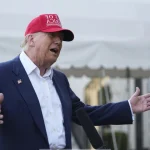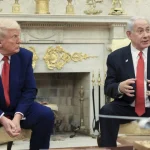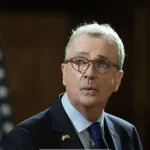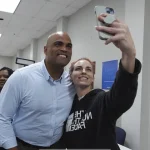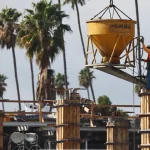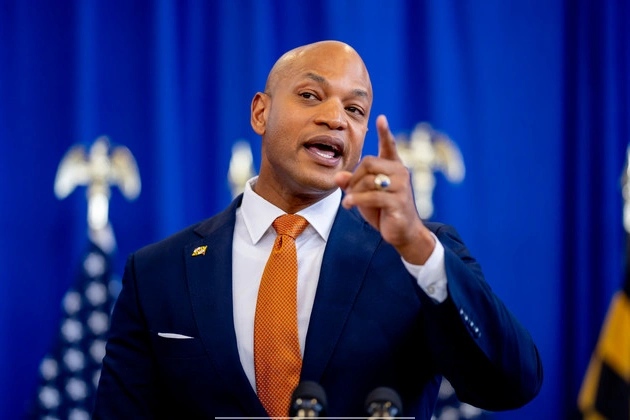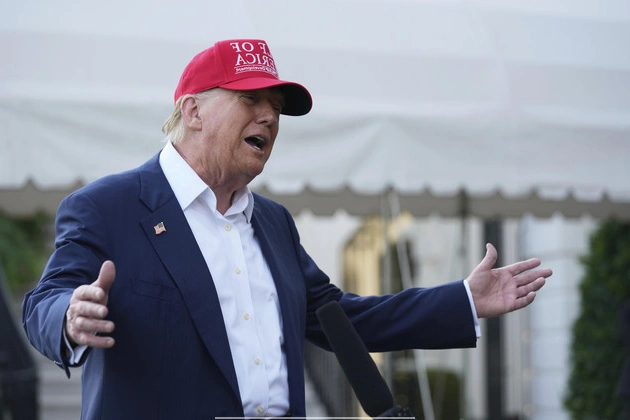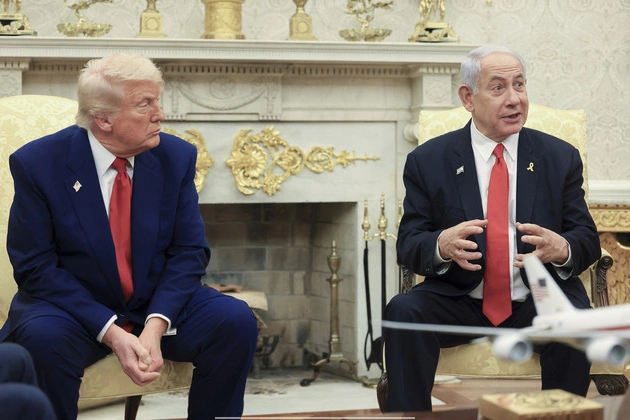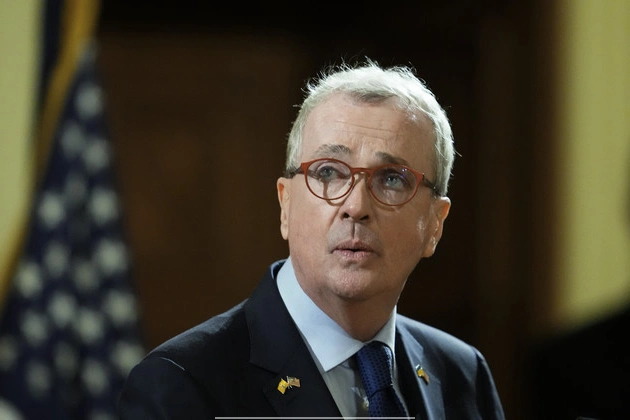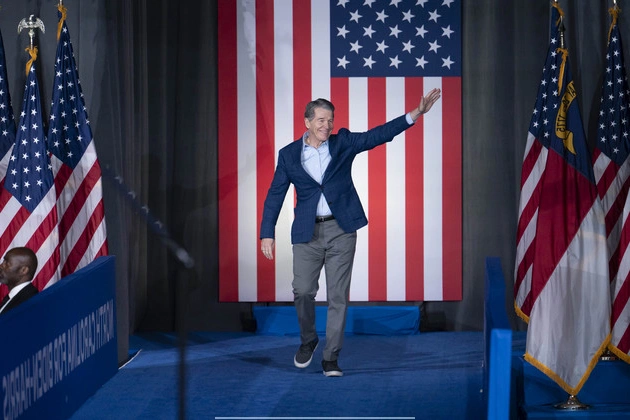
A recent legal dispute has arisen over the White House press pool ban, specifically targeting the Associated Press. President Donald Trump’s decision to remove the wire service from the press pool was met with resistance, leading to a courtroom showdown.
The Courtroom Drama
In a court hearing, U.S. District Judge Trevor McFadden, appointed by Trump, declined to reinstate the AP in the press pool immediately. While acknowledging the exclusion of the organization from certain events, McFadden pointed out that AP journalists still retained their White House press passes and briefing access.
Despite rejecting the AP’s request for broader access, McFadden hinted at a possible reversal of the ban in the future. He urged the White House to reconsider its stance, emphasizing the importance of legal precedent in such matters.
Press Corps Reaction
The courtroom proceedings attracted a diverse group of journalists, with reactions ranging from surprise to concern. McFadden’s comments on the role of the White House Correspondents Association in organizing the press pool raised eyebrows among attendees.
While the judge questioned the binding nature of the association’s decisions on Oval Office access, he also expressed reservations about the constitutionality of the targeted ban on the AP, citing potential viewpoint discrimination.
Future Uncertainties
As the legal battle unfolds, Assistant U.S. Attorney Brian Hudak hinted at drastic measures the White House might take if forced to restore AP’s access. The contentious nature of the case underscores broader issues of press freedom and presidential authority.
With further hearings scheduled and additional submissions required from both parties, the outcome remains uncertain. The implications of this case extend beyond the immediate dispute, raising questions about the balance of power between the presidency and the press.
